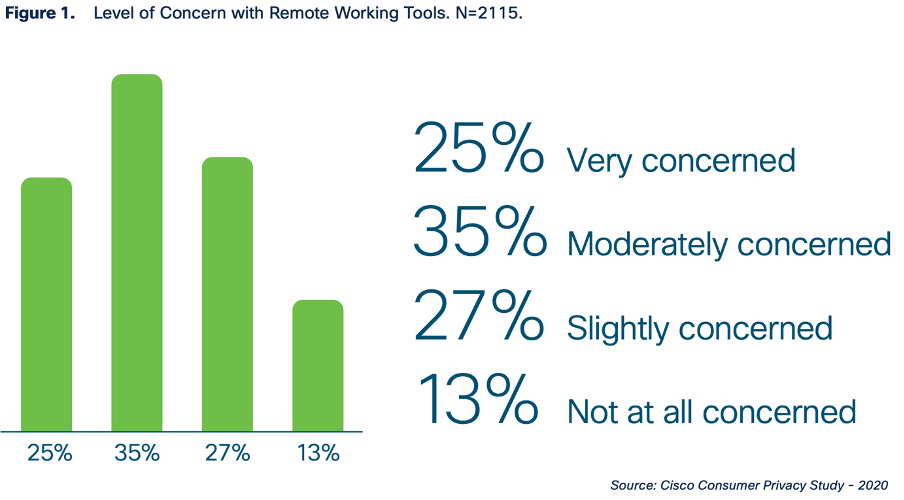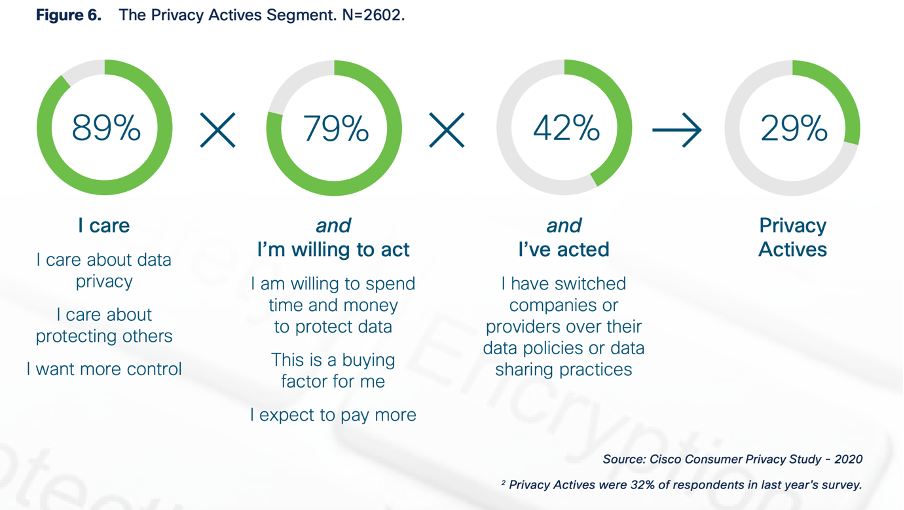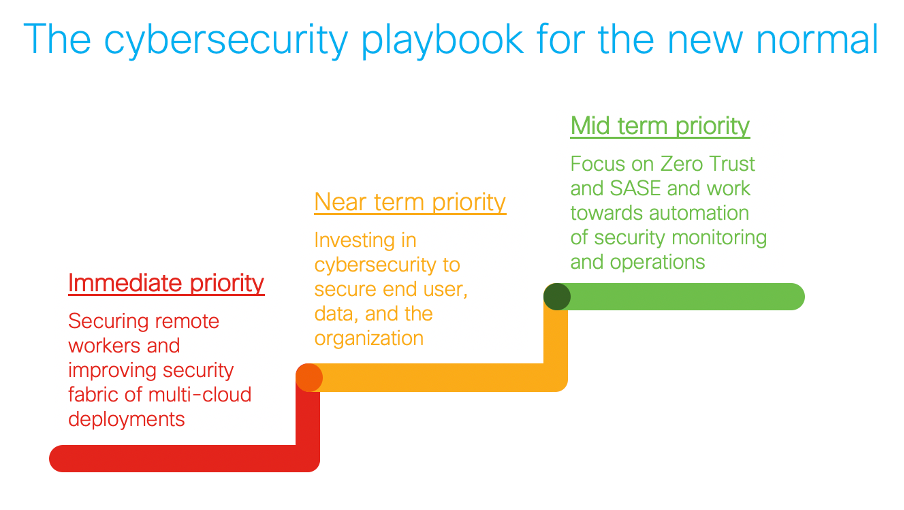There’s no denying that the new normal has had a major impact on business. In many ways, it has changed or at least forced leaders to revisit the priorities on their digital agenda.
Looking at the global economic landscape and market, two things are clear: one, employees will prefer not to return to the office full time once the pandemic has ended as working from home has proved to be quite productive and rewarding; two, customers will prefer to continue shopping online now that they’ve become accustomed to the idea and gained comfort with using digital payment methods.
This means that there’s a significant rise in digital activity and organizations need to scale up their networks and infrastructure to deliver on the changing expectations of internal and external users. For leaders who can read between the lines, this indicates a need for network and security teams to provide seamless and secure access to applications and services, anytime and anywhere.
To help make sense of what really matters and why, Cisco commissioned two key pieces of research – the Future of Secure Remote Work and the 2020 Consumer Privacy Survey. Let’s discuss a few of the findings in those reports to understand what employees and customers really need today, as we recover from the pandemic, because that has become the most aggressive catalyst transforming our cybersecurity (and digitalization) programs today.
The pandemic forced everyone to work remotely, irrespective of industry or cadre. Sixty-two percent of organizations globally said that more than half of their workforce are working remotely at the height of the pandemic which started in March. Thirty-seven percent of organizations claimed that they expect more than half of their workforce to continue working from home post-pandemic, compared to only 19 percent before the disease took the world by storm.
That being said, we all know that a majority of organizations were not prepared to ‘enable’ remote work, especially at the scale that the pandemic-induced lockdown required. There’s no doubt that acquiring this capability overnight unintentionally exposed organizations to some risks – and users are concerned. A majority of people surveyed said they don’t trust the digital tools they needed to use this year for remote interactions. Their biggest concern has been privacy (and security) of data.
We’ve all heard of cases where unknown participants joined video calls with the intent to commit fraud and espionage, without much technical know-how. This left a bad taste in the mouths of many, and rightly so, when you consider the potential for damage. Unfortunately, these are also the kinds of tools some organizations and their teams chose when the pandemic broke, often without allowing IT any time to review the robustness of these digital tools.
According to our survey, among those who were working or learning remotely, 60 percent said they were moderately or very concerned about the privacy protections associated with the tools they were using to support these remote interactions.

As we aim to return to normalcy, the expectation is that organizations will revisit their digital tools and ensure that the rapid deployment of remote working tools that was held together with the support of band-aids is scrutinized from a cybersecurity perspective and upgraded to enterprise-level as soon as possible.
From a business continuity perspective, data privacy, and by extension cybersecurity, is critical to keeping customers loyal. About a third (29 percent) of respondents to our 2020 Consumer Privacy Survey said that they would stop or had stopped doing business with organizations over data privacy concerns.

Data privacy is a key issue as a result of increased digitalization, and with cybercrime increasing manifold in the past few months, users are worried. Sixty-one percent of respondents globally stated that their organizations experienced a jump of ‘25 percent or more in cyber threats or alerts’ since the start of Covid-19. This was also experienced by 55 percent of small businesses, 70 percent of medium organizations, and 60 percent of large enterprises. At 69 percent, the APJC region had the largest proportion of organizations that saw a jump of ‘25 percent or more cyber threats or alerts’ since Covid-19.
It is therefore reassuring to note that a majority of organizations are aware of this and are keen to put their money where their mouth is. Globally, 66 percent of organizations said they expect to increase their investment in cybersecurity as a result of Covid-19.
I’m proud to say that organizations in the APAC lead when it comes to their awareness about the subject, with 70 percent echoing the need to invest in bolstering their cybersecurity capabilities. Further, 85 percent of the region’s organizations indicated that security is extremely important or more important than before the pandemic.
Within the APJC region, the Philippines (93 percent), Singapore (89 percent), Thailand (87 percent), and Vietnam (93 percent) had a higher proportion of organizations seeing cybersecurity as a top priority compared to the regional and global averages.
That’s a lot of numbers there, and you’ll surely find many more interesting data points in the two research pieces that Cisco has put together for you – but data can’t take you very far if you don’t take action. So, let’s build a roadmap to better understand, prioritize, and upgrade your cybersecurity capabilities.

The first thing that organizations need to do (and that market leaders have succeeded with already) is prioritizing the security of remote workers and improving the security fabric of its multi-cloud deployments and collaboration tools. Irrespective of where an employee or customer is, what network they’re on, or what device they use, applications and data must be secure.
Next, the goal must be to invest in a strong cybersecurity infrastructure to ensure that the organization’s security posture can support it on the journey to business resiliency. To unleash the full power of these investments, it is important that organizations leverage cutting edge security solutions, and aim for a more automated future where monitoring and even operations disappear into the background, seamlessly yet effectively.
Cisco is doing exciting work in all of these areas. Coming out of the pandemic, we’re helping many of our customers truly re-think and re-imagine themselves, weaving security into the very DNA of their organizations, whether they collaborate and do business in the physical or the digital world – with our SASE Vision and Zero Trust approach to security.
To learn more about our work, stay tuned – we’re hosting many events in the next few weeks where we’ll be joined by partners and customers.